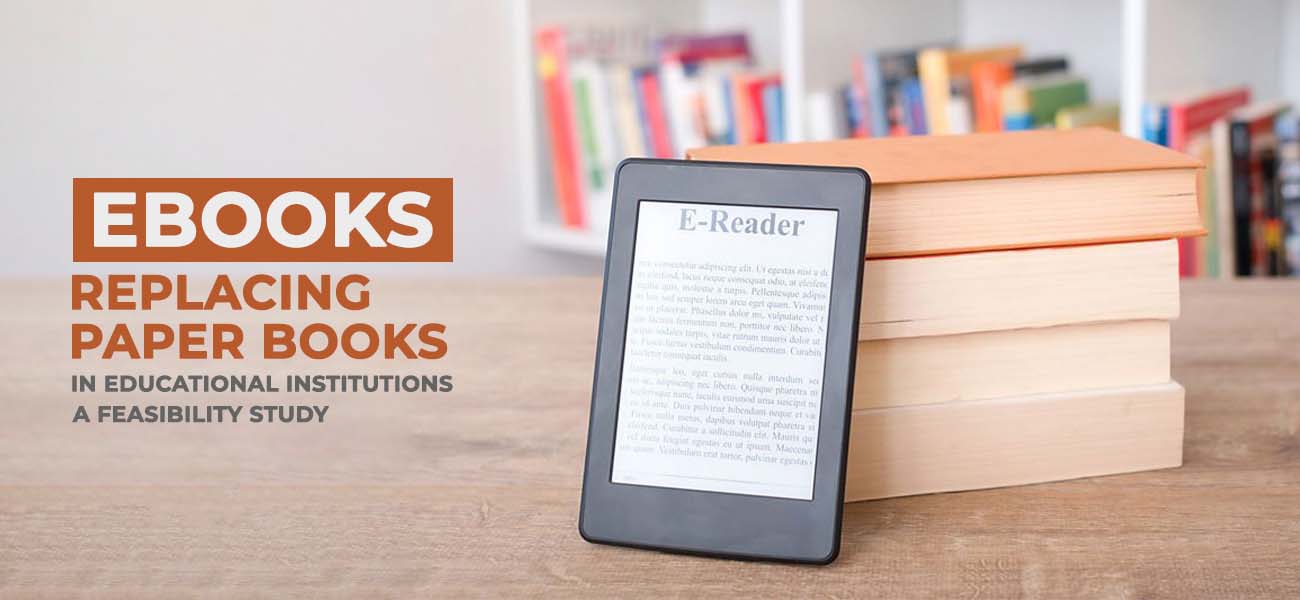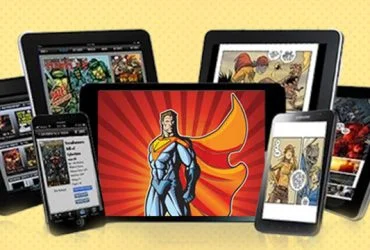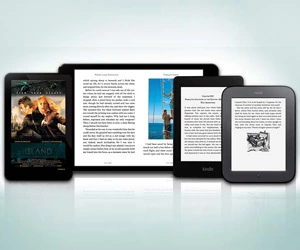eBooks vs. Printed Books: A Modern Debate
Nothing compares to the joy of reading—whether it’s flipping through the pages of a beloved paperback or swiping through a digital library on a sleek e-reader. The debate over the printed books vs eBooks experience has been ongoing for years, sparking discussions among avid readers. While some cherish the scent of paper and the feel of a physical book, others appreciate the convenience and versatility of eBooks.
With technology continuously transforming how we consume content, it's important to weigh the advantages and drawbacks of each format. In this blog, we’ll explore the key differences, covering factors like portability, reading experience, cost, environmental impact, durability, and storage. Let us explore this in detail.

ebook vs printed books which is better experience
-
Portability and Convenience of eBooks vs. Printed Books
eBooks
For readers who are always on the move, eBooks for readers on the go offer unmatched portability. With a single device, you can store thousands of books without worrying about extra baggage. Whether you’re commuting, traveling, or simply prefer having a digital library at your fingertips, eBooks provide accessibility at any time and anywhere.
Many e-readers also feature backlighting, allowing for comfortable reading in low-light environments. Additionally, eBook lending services make it easy to borrow books without visiting a physical store or library.
-
Printed Books
Printed books, on the other hand, have a tangible charm that eBooks cannot replicate. The physical interaction—turning pages, feeling the texture, and even enjoying the unique scent of books—creates a sensory experience that digital screens cannot provide.
However, carrying multiple books can be inconvenient, especially for those who travel frequently. While printed books offer a distraction-free reading experience, their bulkiness and weight make them less portable than eBooks.
-
Reading Experience: eBooks vs. Traditional Printed Books
-
eBook
The reading experience on eBooks has significantly improved with e-readers that mimic the appearance of ink on paper, reducing eye strain. Features like adjustable fonts, built-in dictionaries, and the ability to highlight text and take notes enhance usability.
Some devices even offer text-to-speech functionality, making books more accessible. However, prolonged screen time can cause digital fatigue, which is a drawback for some readers.
-
Printed Books
Printed books offer an immersive reading experience without blue light exposure. The physical act of flipping pages helps with retention and engagement, making it ideal for deep reading. While they lack interactive features, many readers find that the tactile sensation of holding a book enhances focus and reduces distractions.
-
-
Cost-Effective eBooks vs. Expensive Printed Books
-
eBook
One major advantage of eBooks is affordability. eBooks are generally less expensive than printed books, as they eliminate printing and distribution costs. Many classic works are available for free in digital format, and frequent discounts make acquiring new titles more budget-friendly. Additionally, eBook subscription services provide unlimited access to thousands of books for a fraction of the cost of physical copies.
-
Printed Books
Printed books tend to be more expensive due to production costs, including printing, binding, and distribution. Special editions and hardcovers can be even pricier. While libraries and second-hand bookstores offer budget-friendly alternatives, building a collection of physical books requires more financial investment compared to eBooks.
-
-
Environmental Impact of eBooks and Printed Books
-
eBook
From an ecological standpoint, eBooks have an environmental advantage over printed books. Since they don’t require paper, ink, or large-scale production processes, they contribute to less deforestation and pollution.
Additionally, eBooks generally have a smaller carbon footprint, as they eliminate the need for shipping and physical storage. While e-readers require electricity and production resources, their overall impact is considerably lower than continuous book printing.
-
Printed Books
The production of printed books involves significant resource consumption, including paper, ink, and transportation. Although recycling programs help reduce waste, the environmental toll remains higher than that of eBooks. However, many publishers are adopting sustainable practices, such as using recycled paper and eco-friendly inks, to mitigate the impact.
-
-
Longevity and Durability of eBooks vs. Printed Books
-
eBook
In terms of longevity, eBooks are durable as they don’t suffer from physical wear and tear. They cannot be damaged by water, torn, or lost like physical books. Cloud storage and backup options ensure that digital libraries remain intact even if a device is lost or broken. However, eBooks are dependent on technology, and file compatibility issues or discontinued platforms can pose accessibility challenges.
-
Printed Books
A well-maintained printed book can last for decades or even centuries. Many rare books have been preserved for generations, holding historical and sentimental value. However, they are susceptible to damage from moisture, pests, and general wear. Unlike eBooks, physical books do not require batteries or software updates, making them a reliable format for long-term reading.
-
-
Space and Storage Requirements for eBooks vs. Physical Books
-
eBook
For readers with limited space, eBooks are an excellent solution for keeping their library without cluttering shelves. Digital books can be stored on cloud services or e-reader devices, allowing easy organization and retrieval. EBooks eliminate the need for physical storage and enable readers to carry an entire library in their pocket.
-
Printed Books
Physical books require dedicated storage space, making them impractical for those living in small apartments or frequently relocating. A growing book collection can lead to overcrowded shelves, requiring additional bookshelves or storage units. However, for collectors and bibliophiles, owning a tangible library is a source of pride and joy.
-
Which Is Better, eBooks or Printed Books?
The debate over printed books vs eBooks experience ultimately comes down to personal preference. If convenience, affordability, and sustainability are priorities, eBooks offer an efficient and accessible reading solution. With the support of ePublishing services and eBook conversion service providers, transitioning to digital reading has never been easier. On the other hand, if you cherish the sensory experience of flipping through pages and collecting physical books, printed editions remain irreplaceable.
For those who want the best of both worlds, a hybrid approach—reading eBooks for convenience while keeping cherished printed editions for special collections—might be the perfect balance. Regardless of the format, the most important thing is to keep reading and enjoying the stories that shape our world. Whether you choose digital or print, the power of literature remains timeless.
Frequently Asked Questions
E-books are more portable, cost-effective, and convenient, allowing access to thousands of titles on a single device. However, printed books offer a tactile experience, reduce eye strain, and don’t require batteries. The choice depends on personal preference, with e-books excelling in accessibility and print books offering a traditional reading experience.
E-books reduce paper consumption and printing emissions, making them an eco-friendly alternative. However, manufacturing e-readers involves mining rare materials and electronic waste. While e-books save trees and decrease transportation pollution, printed books can be reused and recycled. Overall, e-books have a lower carbon footprint if used extensively over time.
Print books provide a sensory reading experience, reducing digital distractions and eye strain. Many readers enjoy the feel, smell, and visual appeal of physical pages. Unlike e-books, print books don’t rely on battery power. Additionally, they enhance reading comprehension and retention, making them a preferred choice for deep reading.
Printed books offer a tangible reading experience, while eTextbooks provide interactive features like search, annotations, and multimedia content. ETextbooks are lightweight, often more affordable, and accessible anywhere. However, printed textbooks minimize screen fatigue and are easier for extended reading. The choice depends on convenience, learning style, and accessibility needs.
E-books offer instant access, affordability, and portability, making them a convenient alternative to printed books. They allow readers to adjust font sizes, use search functions, and carry multiple books on one device. Additionally, e-books support interactive features, making them ideal for education, research, and entertainment in today’s digital world.



